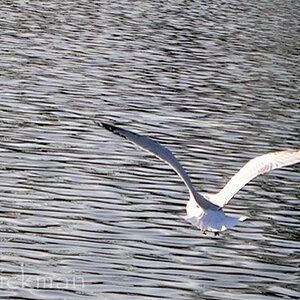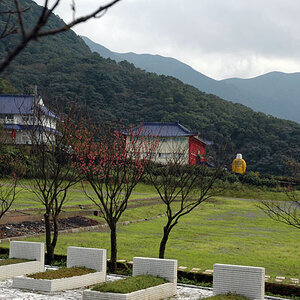clanthar
TPF Noob!
- Joined
- Aug 2, 2010
- Messages
- 767
- Reaction score
- 86
- Location
- Saint Louis MO
- Can others edit my Photos
- Photos OK to edit
You're stuck on the need to define HDR as a method that requires stacked multiple exposures.
Perhaps you could point out where I stated that.
Post #23 page 2
Thanks sapcefuzz.





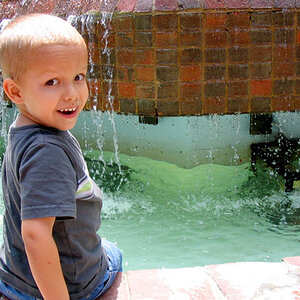
![[No title]](/data/xfmg/thumbnail/41/41923-ddfdc5596c5073ae69761e32124481cf.jpg?1619739945)
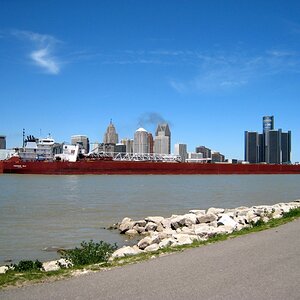
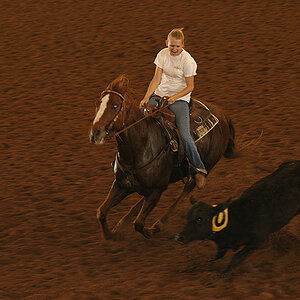
![[No title]](/data/xfmg/thumbnail/32/32638-22cfef06fc91cb3aee39b7b55c36198d.jpg?1619735555)
![[No title]](/data/xfmg/thumbnail/34/34142-948c6bafdf60862125009004d5a06e46.jpg?1619736315)
![[No title]](/data/xfmg/thumbnail/34/34146-9d096c80a1d288ea11e1f171a226bc3c.jpg?1619736319)
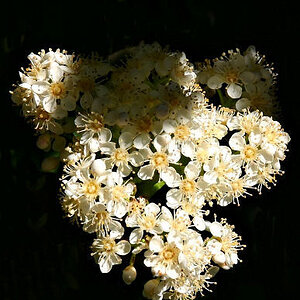

![[No title]](/data/xfmg/thumbnail/34/34144-52e7a5d3e3908ae808afeabfe86fffdc.jpg?1619736317)
